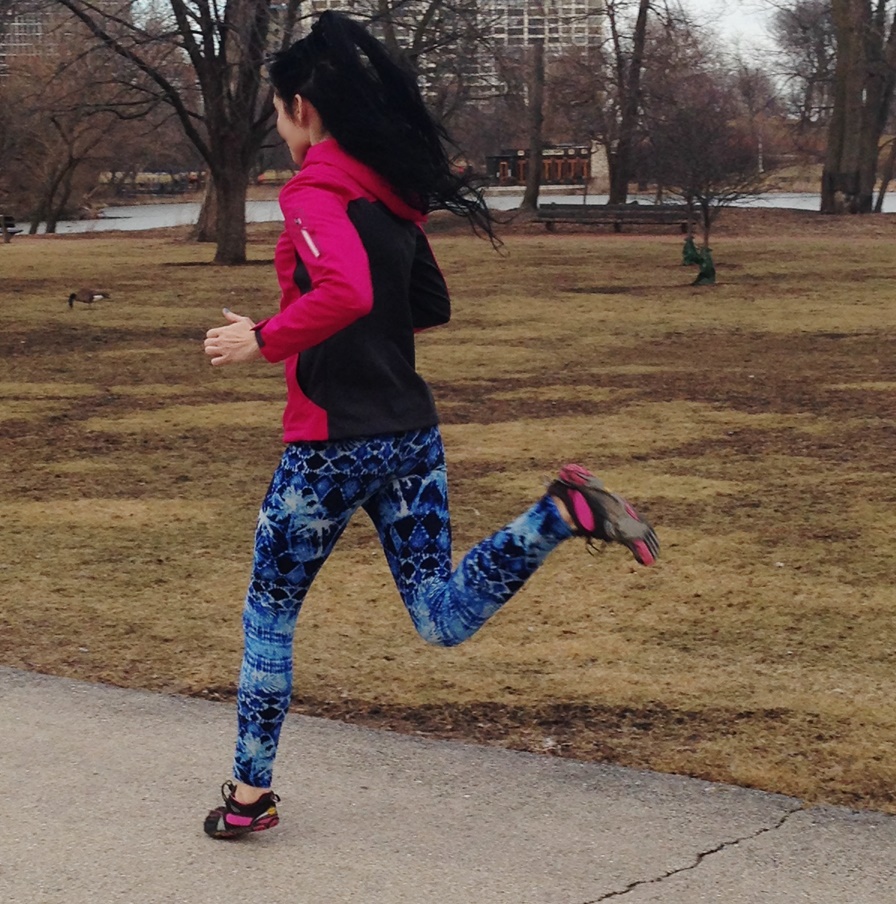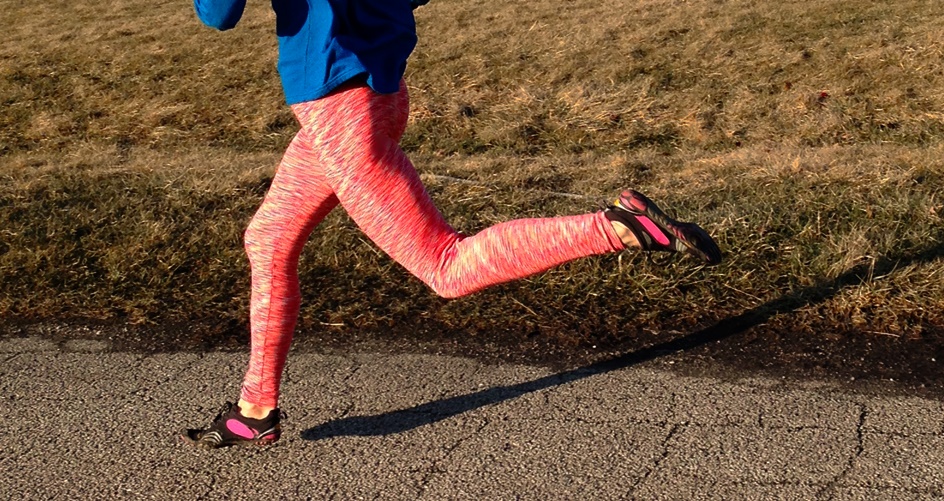The tip as to how to treat shin splints quickly is forefoot running in minimalist shoes, or running barefoot instead of heel striking in cushioned running shoes. This comes from a study that suggests that foot weakness and pronation duration are risk factors for running-related shin splints which in turn is determined by footwear and foot strike.
How to Treat Shin Splints Quickly
Noh et al. (2015) found that runners with shin splints were heel strikers and had greater medial and lateral longitudinal arch deformations as compared with healthy runners. The keywords here are ‘deformation’ and ‘ heel strike.
Deformation corresponds to foot weakness, especially weakness of the muscles that minimize angular changes in the arch during running. Heel strike is a problem as well because it prolongs pronation since ground contact time is longer as compared with forefoot running.

The researchers found that runners with shin splints had greater angular changes in the lateral and medial longitudinal arch as compared with healthy runners, suggesting that heel strike running may increase relative loads on the arch to amounts that exceed weight-bearing capacity, causing the arch to be less stable.
The runners with shin splints also had greater angular changes in the lateral longitudinal arch during early stance of heel strike running –in this case, prolonged pronation due to long ground contact time of heel strike running is indeed a determining factor for the increase in angular changes of the arch.
To top that off, constant use of cushioned running shoes naturally reduces foot strength, and when the feet are weak, so are the arches, which causes more problems on the leg during running.
- Experts believe that runners with shin splints are more likely to have decreases in foot supinator strength which would result in greater internal rotation torque of the lower leg during running (Hintermann and Nigg, 1998).
- This is how heel striking with weak feet exerts massive stress on the lower leg, thereby causing shin splints.
The Take Home Message
The longer you wear cushioned running shoes with supportive features, the more the arch of the foot relies on external support. Foot strength improves in the absence of external support coupled with increases proprioceptive input. As for foot strike modification, a forefoot strike landing reduces the traction forces implicated in shin splints because braking is minimal as compared with heel strike running.
Click here to learn more about why forefoot running is better than heel strike running.
More From Run Forefoot:
Patellofemoral Pain Syndrome – Many runners suffer this dreaded injury, but many runners don’t know why. This article covers the main cause of knee injury in runners.
Achilles Heel – Found out why heel strike running is such a daunting task for the Achilles tendon, resulting in injury to the tendon.
Eccentric Exercises – We often hear about eccentric exercises, but you can achieve them just by running barefoot; find out how.
Forefoot Shoe Review – Read my review on the FeelMax Osma 2, an under-appreciated forefoot running shoes that is a great tool to help you mechanically run your best.
References:
Hintermann, B., & Nigg, B. M. (1998). Pronation in runners: Implications for injuries. Sports Medicine, 26, 169 – 176
Noh et al. Structural deformation of longitudinal arches during running in soccer players with medial tibial stress syndrome. Euro J Sport Sci, 2015;15(2):173-181.
Bretta Riches
BSc Neurobiology; MSc Biomechanics candidate, ultra minimalist runner & founder of RunForefoot. I was a heel striker, always injured. I was inspired by the great Tirunesh Dibaba to try forefoot running. Now, I'm injury free. This is why I launched Run Forefoot, to advocate the health & performance benefits of forefoot running and to raise awareness on the dangers of heel striking, because the world needs to know.
Latest posts by Bretta Riches (see all)
- Does Foot Strike Really Matter in Running? YES! - 17/04/2024
- Heel Lifts Increase Injury in Runners - 16/04/2024
- Are Minimalist Shoes Good for Seniors? YES! - 14/04/2024


Leave a Reply